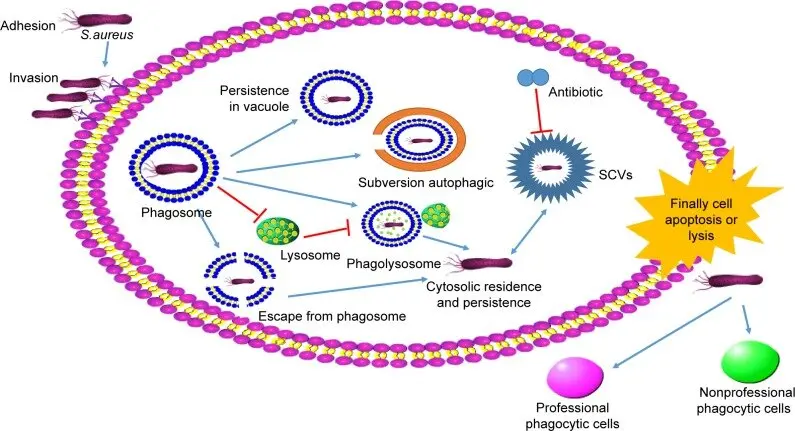Cryptosporidiosis Under the Microscope: Emerging Diagnostics and Strategies for a Resilient Parasite
Cryptosporidiosis, caused by the protozoan parasites of the Cryptosporidium genus, is an increasingly significant public health concern, particularly in immunocompromised individuals and young children. Characterized by self-limiting but potentially severe diarrheal illness, cryptosporidiosis is transmitted primarily through contaminated water and exhibits remarkable environmental resilience due to the parasite’s robust oocyst form. Recent innovations in molecular diagnostics such as multiplex PCR panels and next-generation sequencing have enhanced the sensitivity and specificity of Cryptosporidium detection, enabling earlier and more accurate outbreak identification. Moreover, advances in organoid models and CRISPR-based genome editing are opening new avenues for understanding host pathogen interactions and identifying novel therapeutic targets. As global climate change and water scarcity increase the risk of protozoan contamination in water supplies, integrated approaches combining epidemiological surveillance, molecular tools, and water treatment innovations are essential to control and prevent cryptosporidiosis.
